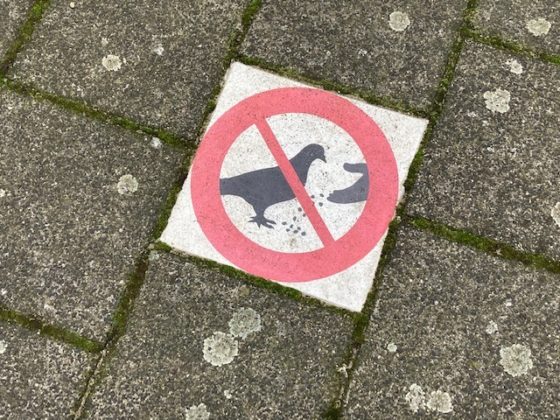Urban bird population is shrinking, but water birds are doing well


The wild bird population in the Netherlands’ urban areas is declining, particularly the types of bird that live in parks bushes and woodland, national statistics agency CBS said on Friday.
The figures are derived from the results of the annual bird count carried out by the Sovon bird monitoring organisation since 2007. This new ‘urban bird index’, which includes 83 species, shows a 6% decline in the period 2007 to 2020, the CBS said.
The researchers have divided the bird population into five categories: those which thrive in parks and woodland, in bushes and shrubs, in open areas, in water and in built-up areas.
Birds which thrive in woods and shrubbery have been particularly hard hit, with the population shrinking by 20% and 30% respectively. By contrast, the number of water and marsh birds has gone up 30% while the peregrine falcon population has also risen by 22%.
Increased building and a bird-unfriendly approach to the maintenance of green spaces are the main reasons for the decline in some categories, the CBS said. In cities such as Amsterdam, councillors have also questioned whether nesting birds are properly protected from renovation work, as required by nature laws.
Thank you for donating to DutchNews.nl.
We could not provide the Dutch News service, and keep it free of charge, without the generous support of our readers. Your donations allow us to report on issues you tell us matter, and provide you with a summary of the most important Dutch news each day.
Make a donation